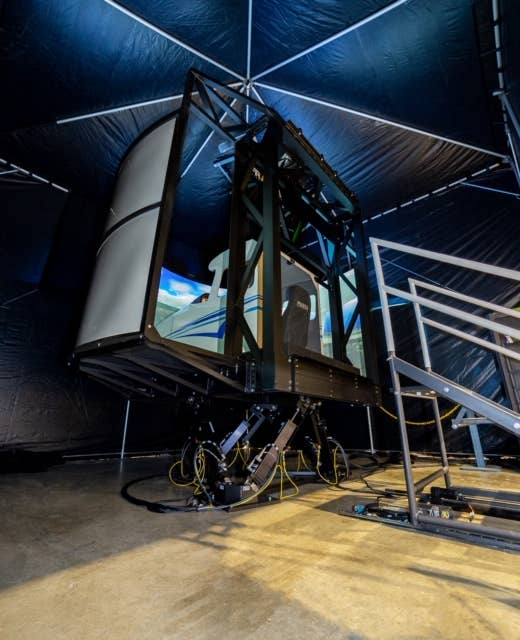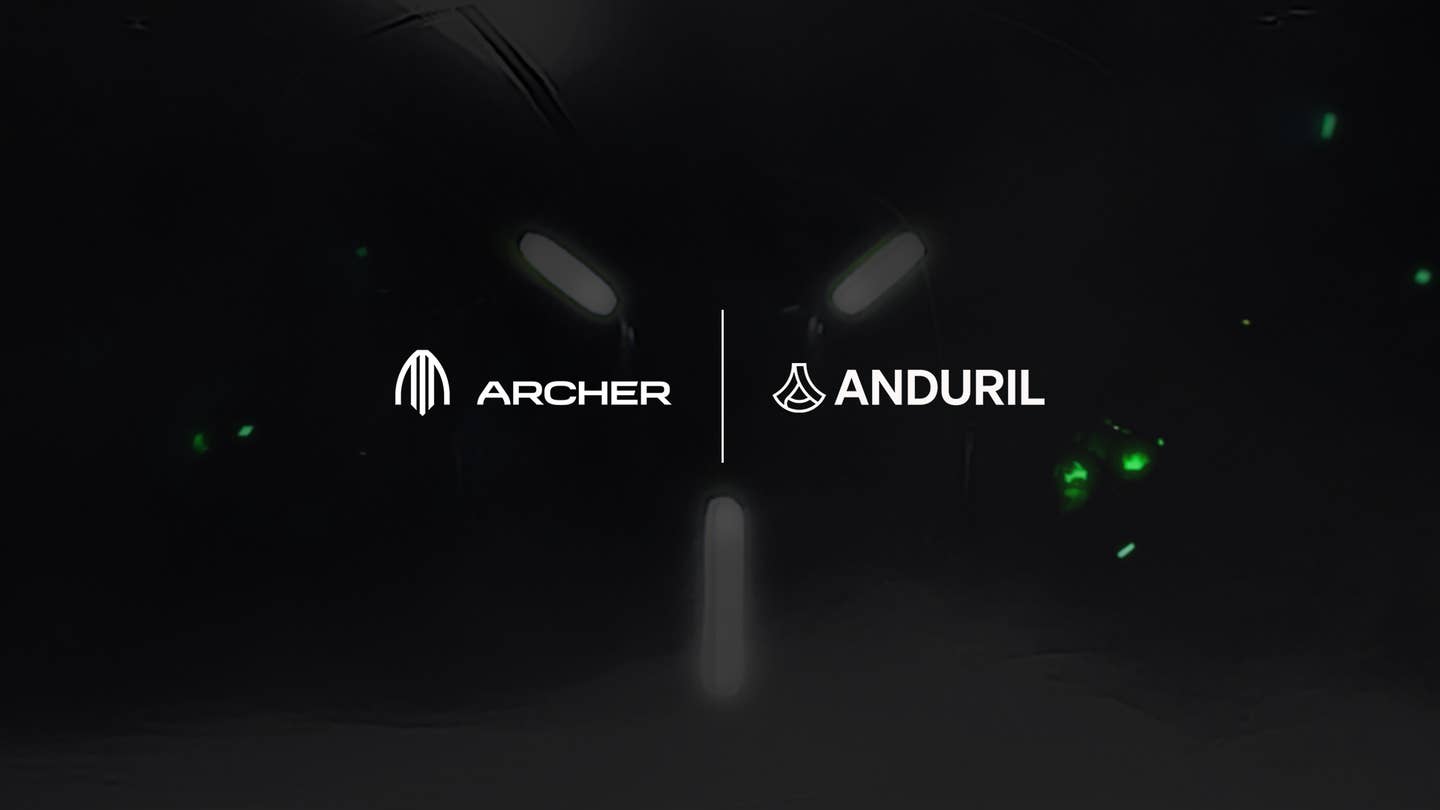Flight School First To Add High Fidelity Motion Simulator
A Florida flight school is the first to use a new Frasca “high fidelity” motion simulator for its students. The Frasca 172 Advanced Aviation Training Device was recently installed at…

A Florida flight school is the first to use a new Frasca “high fidelity” motion simulator for its students. The Frasca 172 Advanced Aviation Training Device was recently installed at Epic Flight Academy in New Smyrna Beach. It incorporates features and technology found on full motion simulators used by military and commercial operators but tailored to the needs of ab initio flight training facilities. Among those features is the Motion Cueing System, a six-axis motion base and high-definition wraparound visual systems.
"Epic Flight Academy is the first flight school in the world to have a Cessna 172 FTD with this high level of motion system. They are leading the way in flight training by providing this very high fidelity device for their students," said John Frasca, president of Frasca International Inc. The company worked with the school to set up the system to make the most of the enhanced features in their specific training environment.






